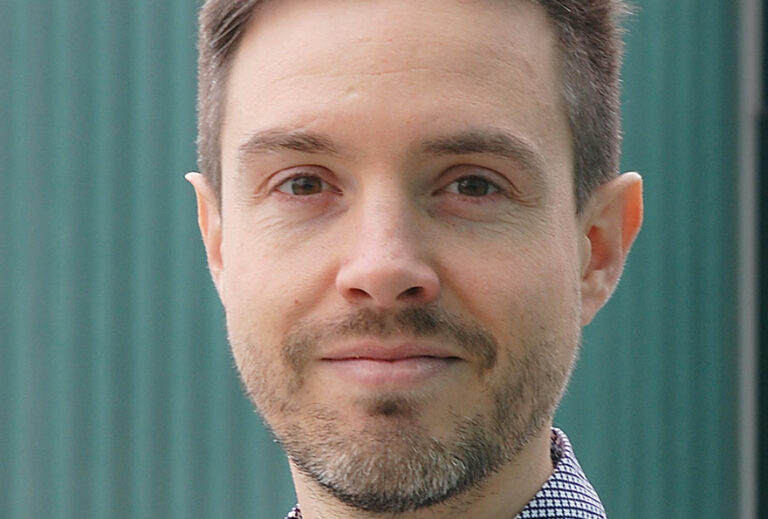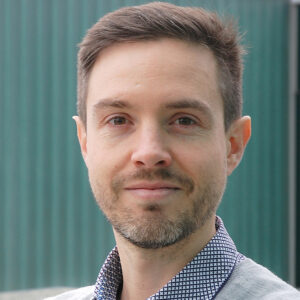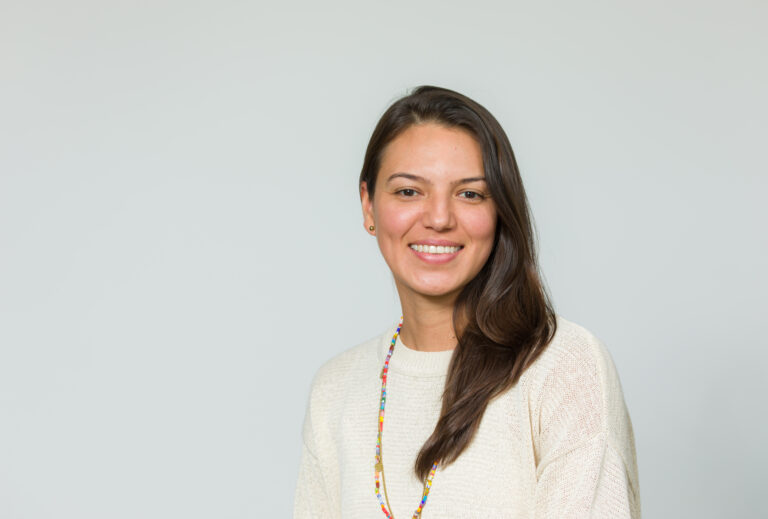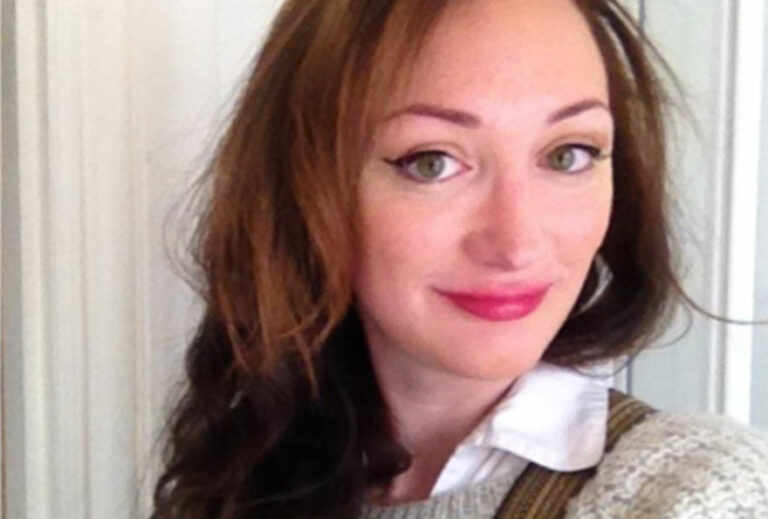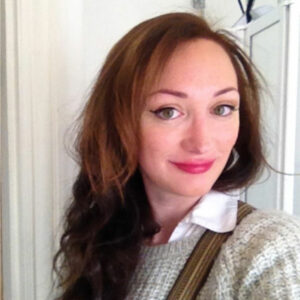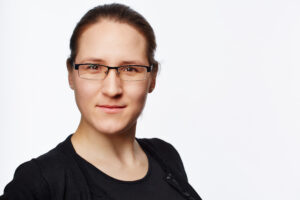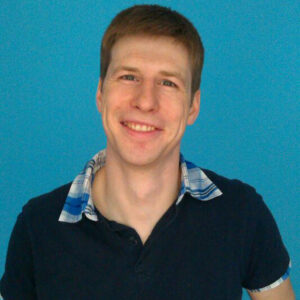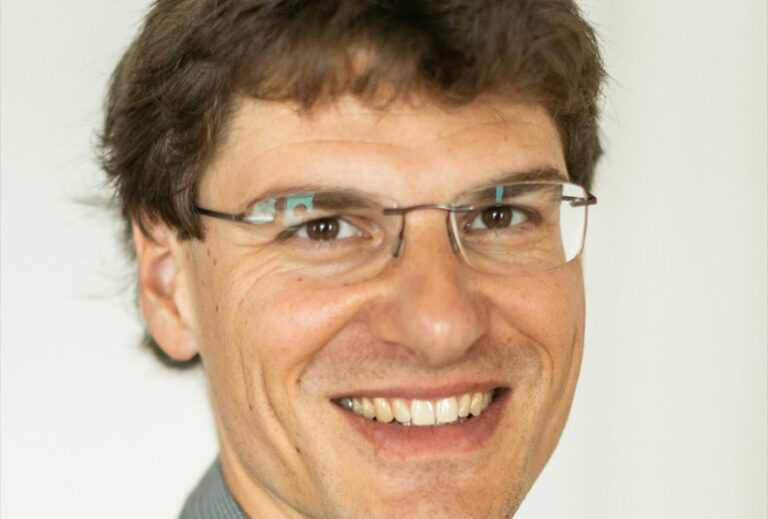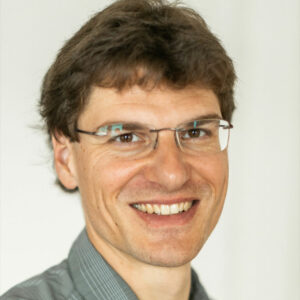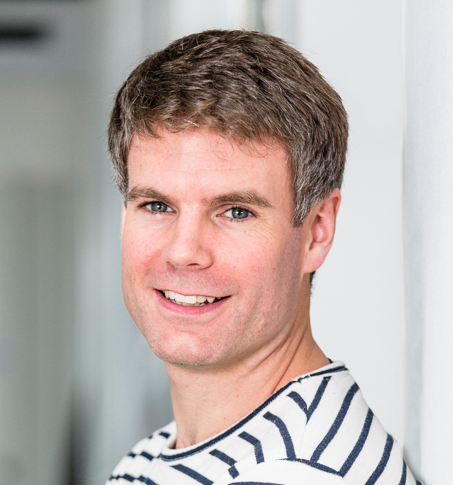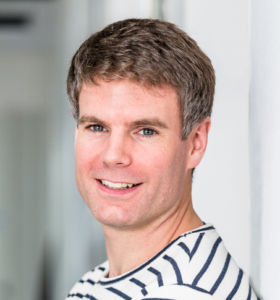Juanma Vaquerizas
Biography
I have a long-standing interest in understanding the molecular mechanisms that allow cells to use their genetic information to perform normal cellular and physiological functions, such as development and differentiation, and how the mis-regulation of these molecular mechanisms leads to disease, such as cancer. Towards the end of my undergraduate studies in Madrid, and with the advent of the first genome sequences, I became fascinated by the then recently acquired ability of using genomic tools to monitor biological processes, such as gene expression, for large number of genes. Using computational biology approaches, during my PhD I performed the first functional characterisation of the human repertoire of transcription factors, a dataset that became a reference in the field. For my postdoctoral training at the EMBL – European Bioinformatics Institute in Cambridge, I switched my interest to chromatin, in particular focusing on understanding how specific chromatin modifications are used by cells to regulate the difference in sex chromosome dosage between males and females. Unexpectedly, this work revealed a link between the spatial organisation of chromatin and gene regulation, which fuelled my interest in the most current research focus of my Max Planck Research Group: the understanding of the spatial organisation of the genome in development and disease.
Education and positions held
Research Summary
We focus on understanding how the two-meter long molecule of DNA in our cells is encapsulated in a few micron nucleus while all the regulatory mechanisms that make our genomes work properly keep doing so. To do so, we employ a wide range of experimental and computational techniques that allow us to monitor different aspects of gene and genome regulation, such as transcription, chromatin accessibility and chromatin architecture, in a genome-wide manner. Our work focuses mainly in two areas:
- Early embryonic development. We use early embryonic development since this is a critical developmental time point when the epigenetic programmes of the fully differentiated gametes need to be reverted back to a totipotent state following fertilisation to produce a new individual. Studies in early fruit fly and mammalian early embryonic development have allowed us to discover specific mechanisms that determine how chromatin architecture emerges at the awakening of the genome.
- Disease. Chromatin architecture is of critical importance for the correct regulation of gene expression. Mutations in key elements controlling this level of organisation lead to developmental disorders and diseases such as cancer. In order to examine how the 3D genome is affected in disease, we have developed experimental approaches to study chromatin conformation using small amounts of biological material. These techniques allow us to specifically examine changes in chromatin organisation for disease cells.
Key publications
- Rhodes JDP, Feldmann A, Hernández-Rodríguez B, Díaz N, Brown JM, Fursova NA, Blackledge NP, Prathapan P, Dobrinic P, Huseyin MK, Szczurek A, Kruse K, Nasmyth KA, Buckle VJ, Vaquerizas JM*, Klose RJ*. Cohesin Disrupts Polycomb-Dependent Chromosome Interactions in Embryonic Stem Cells.
Cell Rep. 2020 Jan 21; 30(3):820-835.e10 (* joint co-corresponding author) - Díaz N, Kruse K, Erdmann T, Staiger AM, Ott G, Lenz G, Vaquerizas JM. Chromatin conformation analysis of primary patient tissue using a low input Hi-C method.
Nat Commun. 2018 Nov 29; 9(1):4938 - Hug CB, Grimaldi AG, Kruse K, Vaquerizas JM. Chromatin Architecture Emerges during Zygotic Genome Activation Independent of Transcription.
Cell. 2017 Apr 6; 169(2):216-228.e19 - Vaquerizas JM*, Kummerfeld SK, Teichmann SA, Luscombe NM*. A census of human transcription factors: function, expression and evolution.
Nat Rev Genet. 2009 Apr;10(4):252-63 (* joint co-corresponding author) - Kind J*, Vaquerizas JM*, Gebhardt P, Gentzel M, Luscombe NM, Bertone P, Akhtar A. Genome-wide analysis reveals MOF as a key regulator of dosage compensation and gene expression in Drosophila.
Cell. 2008 May 30;133(5):813-28 (* joint first author)

